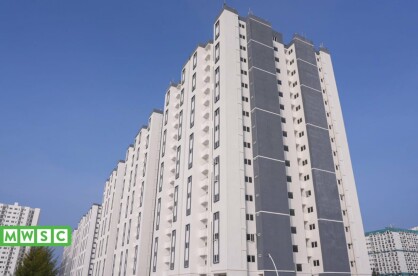Stop the bleeding
Maldives at risk of debt stress, needs to re-evaluate expenditure policies.

MFR Image
Maldives at risk of debt stress, needs to re-evaluate expenditure policies.

MFR Image
The Maldives debt as a percentage of Gross Domestic Product (GDP) in 2016 was at 67 percent, increasing to 78 percent in 2019. It was at 149 percent by the end of 2020, mainly due to the impact on the economy from the COVID-19 pandemic and the resulting decline in GDP. The government estimates the situation to improve slightly, with debt projected to decline to 137 percent of GDP in 2021, based on projections of growth in the tourism sector. This however is fraught with risk, as we now see that the world is not any closer to being rid of the pandemic this year. Government debt moves in line with its fiscal deficits and its policies have a major impact on determining the position vis-à-vis debt.

Even prior to the COVID-19 pandemic and the resulting impact on the Maldivian economy, the World Bank had classified the Maldives at high risk of overall and external debt distress. This was mainly due to the reliance on foreign loans availed for ambitious public infrastructure projects, such as the loan taken from China to build 7,000 housing units at Hulhumale'. The economic impact of the pandemic has exacerbated the situation, with GDP projected to have declined by almost 30 percent in 2020.
The World Bank recommended delaying large investment projects until the economy strengthened. It noted however, that while revenue and grants had declined by 35 percent during the year and there had been a nine percent cut in current expenditure, capital expenditure had, in fact, increased by seven percent. This has led to an increase in the total debt of the country, as the government has had to raise debt to finance the resulting deficit, hence increasing the country's debt levels.
The outlook for 2021 does not fare better either. Although growth was estimated at 13.5 percent on the back of strong expected performance in the tourism sector, current developments across the world indicate that these projections will most likely not be met. Although the tourism sector was doing well in the first quarter of the year, based on high numbers of arrivals from India and Russia, recent decisions in view of the worsening COVID-19 situation in India has meant that the Indian market will be inaccessible for at least the next month or two.
Ratings agency Fitch downgraded the Maldives' country rating to CCC in November 2020, while Moody's had downgraded its rating to B3 in May 2020. The downgrade in ratings is reflective of the increasing fiscal and debt sustainability risks of the country, resulting from the decline in revenues and increase in expenditure as a result of the pandemic. The situation was not made better by the government's continued reliance on debt-funded expenditure. These risks were highlighted in the recent issue by the government of a USD300 million sukuk which was priced at 9.875 percent in semi-annual coupons. This is higher than the rate at which most commercial entities borrow from commercial banks. On 21 May 2021, Moody's did a periodic review of the rating assigned to the Maldives, where it maintained the B3 rating issued to the country. It stated that the rating incorporates its 'expectation of a sharp rise in the government's gross borrowing needs, as well as intermittent access to external financing through a relatively narrow range go investors and a variety of official lenders.'
One option for the government in light of these conditions is to delay immediate public investment programs, especially those financed through debt. The International Monetary Fund has said that the development of Velana International Airport, although financed by debt, will expand the capacity of the country to cater to increasing demand by airlines to operate flights to the Maldives. This will in turn lead to an increase in the number of tourists visiting the country and hence an increase in the contribution to growth. As such, the investment on the airport may be well justified and we have all heard stories about the current state of the airport, with its leaky ceilings. This is not the first impression we want tourists to have of the Maldives and is not fitting of the high-end tourism product the country is selling.
Take in turn the USD400 million loan secured from India to finance the Malé-Villimalé-Thilafushi-Gulhifalhu bridge. Is this a project that could be delayed, in view of the country's current situation with regard to debt distress? Will there be commensurate benefits from this project that will contribute to GDP? The government believes so, with plans to shift the Malé port to Gulhifalhu, thereby alleviating the stress on the capital. This also raises the question of whether additional capital investments in the Malé region, especially at a time of debt distress and uncertainty, really contributes to the government's stated pledge of "Jazeera" life and decentralisation.



